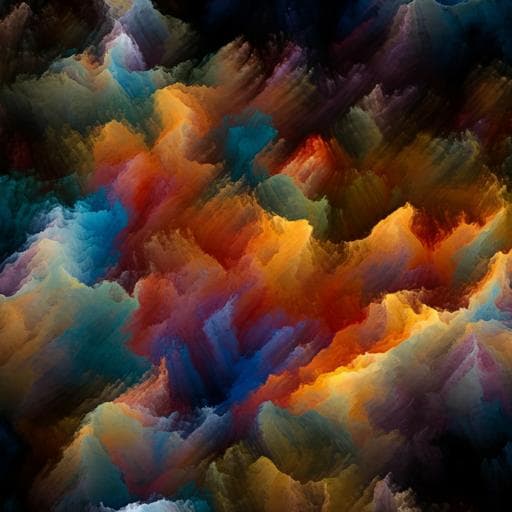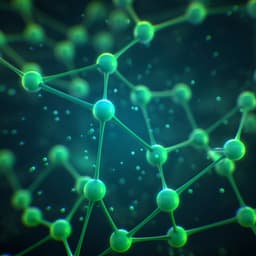
Humanities
From remote sensing and machine learning to the history of the Silk Road: large scale material identification on wall paintings
S. Kogou, G. Shahtahmassebi, et al.
Discover how cutting-edge machine learning techniques can unveil hidden writings and material variations in ancient wall paintings! This groundbreaking research, conducted by Sotiria Kogou, Golnaz Shahtahmassebi, Andrei Lucian, Haida Liang, Biwen Shui, Wenyuan Zhang, Bomin Su, and Sam van Schaik, sheds light on the rich history of Mogao Cave 465, dating its exquisite paintings to the late 12th to 13th centuries.
~3 min • Beginner • English
Related Publications
Explore these studies to deepen your understanding of the subject.







